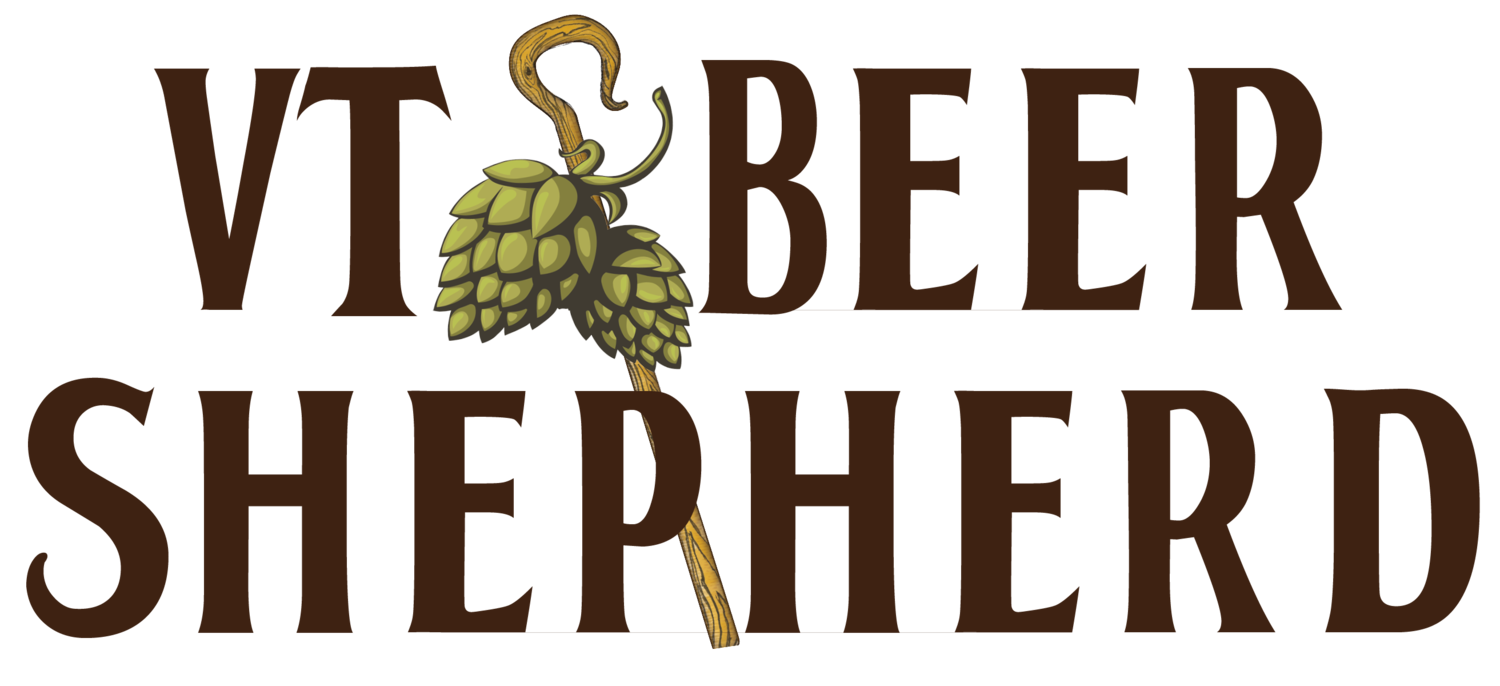Blaufränkisch
By David Keck
This week is a little different in our Wine of the Week blast—this week we’re talking about a grape VARIETY. Allow a momentary digression for a public service announcement. A type of grape is a grape variety. It is never a varietal. Varietal is an adjective to describe a wine made with ONE grape variety. Therefore, you can have a grape variety and a varietal wine made from that variety. We understand that this is misused consistently in all sorts of wine writing and teaching by all sorts of fancy people. That doesn’t make it right. It’s sort of like saying ‘nuc-u-lar,’ it’s become ok, even if it’s incorrect.
Now that we’re done preaching about that, the grape variety we’re going to talk about today is Blaufränkisch (pronounced: BLAH-oo-frank-ish). It’s the most delicious grape you may never have heard of. Brace for the dorky stuff: Also known by the name Lemberger in Germany and Kékfrankos in Hungary, it only became recognized in Austria in the late 19th century as a unique variety, but DNA profiling has shown that it is actually an offspring of Gouais Blanc (known as the Casanova of grapes, Gouais Blanc is the parent of at least 81 known grape varieties, including Chardonnay, Gamay Noir, Riesling, etc. etc. etc.), and is actually one of the parents of Gamay Noir.
So what does it TASTE like? Roland Velich (more on him later) has drawn comparisons between Blaufränkisch and Pinot Noir from Burgundy in France, Nebbiolo from Piedmont in Italy, and Syrah from the Northern Rhône in France. It is intense but still subtle, has richness without being too dense, with beautiful floral aromas that bring to mind the varieties mentioned above. When it is young it has a more brooding, dark fruited character, but as it ages it develops spicy complexity.
Why are we writing about this grape variety now? Well, for several reasons. The first is that we are coming into the holidays and the wines made with Blaufränkisch often pair beautifully with turkey, roasts, everything that you want to cook for family and friends. The second reason is that it’s just delicious and deserves some recognition. Finally, we have some of the best Blaufränkisch produced in Vermont Wine Shepherd inventory as of this week, so you’ve got the opportunity to try a few:
We’ll start with Moric—Roland Velich, mentioned above, crafts some of the most ageworthy and nuanced wines from old vines in single vineyard sites in Burgenland (Neckenmarkt is pictured above, producing wines that taste like Grand Cru Burgundy after a decade in the bottle). Roland works organically but has not interest in certifications.
If you already enjoy the wines of Moric, then you should also probably try the project that Roland Velich started with Hannes Schuster of Rosi Schuster. From crazy old vines, this is an opportunity to see what two of the true giants of Blaufränkisch production can do when they get together. Limited quantities. Oh, and it’s 2012, so has 8 years on it… and tastes amazing. Also farmed organically.
We also have a wine for those that want to try Blaufränkisch on a slightly more everyday drinking budget—the wines of Zantho are some of the most reasonably priced out there from the rockstar winemaking team of Josef Umathum and Wolfgang Peck. They are based in Andau, close to the Hungarian border in Burgenland, and work in iron-rich gravel soils.
Finally, one more producer, this time from the Eisneberg DAC (Districtus Austriae Controllatus… of course the Austrians use a Latin name for their regional designations). Straka is a project from Thomas Straka, who converted the vineyards all to organics, believes in a natural approach, focusing on indigenous yeasts, limited intervention, low sulfur at bottling, and really expressing what the grapes show in any given vintage.
Cheers!




